This post is LONG overdue and for that I apologize; but it’s finally here! Today I am going to guide you through making your very own herbal salves. This is probably my most popular workshop and if you are local to me check out my events calendar to see when I’m running one next (usually in the summer months). But for my friends who don’t live in Ontario, this guide will give you all the information you need to make herbal salves from the comfort of your own kitchen.
A salve is a semi-solid herbal preparation meant to be used topically on the body. They can be formulated to help with healing (cuts, bites, scrapes, stings etc.), reliving dry cracking skin, injuries and pain or for chest congestion and colds. In fact, the options are wide and varied for salves. Lip balms and diaper salves can be made as well, once you know the basic technique. What changes are the herbs you use (don’t worry I’ll help you there too).
DISCLOSURE: In order for me to support myself and my herbal clinic, I may receive monetary compensation or other types of remuneration for my endorsement, recommendation, testimonial and/or link to any product or services from this blog. I truly appreciate all the support you have shown my blog and my business and I will only ever recommend products that I use myself, truly love or covet. Many thanks.
For many people salves can seem intimidating, but once you understand the basic concepts they are really quite simple.

Herbal Infused Oil
First things first you will need herbal infused oils. You can buy these pre-made if you’d like (from places like New Directions), but personally I prefer making them myself. Check out my blog post on making herbal infused oils. In that post we talk about a variety of methods you can use to make them – both from foraged or grown fresh herbs or from purchased dried herbs.
Below you are going to find a list of herbs commonly used for infused oils. This list is not exhaustive and is based on the region in which I live. I encourage you to check out herbal books and other resources to discover herbs that grow near and around you. Most of these can be easily grown or foraged for.
You will notice codes/letters beside each herb name. These are short forms for common herbal properties you will want to look for when you are making herbal infused oils. The legend for these can be found directly under the list. If you are not familiar with these herbal terms I highly recommend my post on herbal terminology. I know that this terminology seems foreign and cumbersome but I highly recommend you take the time to become familiar with it. If you plan on using herbs in your day to day life, most herbal books and online resources will reference these terms often.
- Achillea millefolium (Yarrow herb) – V, AM, S*
- Althaea officinalis (Marshmallow herb) – V, AI
- Arnica montana (Arnica flowers) – V, AM, AN*, AI, R
- Calendula officinalis (Pot marigold flowers) – V, AM, AI, S
- Capsella bursa-pastoris (Shepherd’s purse herb) – V, AM, AI, S
- Capsicum annuum (Cayenne fruit) – AN*, AM, AI, R, S*
- Glechoma hederacea (Ground Ivy herb) – V, AI
- Hypericum perforatum (St. Johnswort herb) – V, AN*, AM, AI (neural)*, S
- Lavandula angustifolia (English Lavender flowers) – V, AN, AM, AI
- Lythrum salicaria (Purple loosestrife herb) – V, AM, AI, S
- Malva neglecta (Mallow herb) – V, AI
- Monarda fistulosa/didyma (Wild bergamot/bee balm herb) – V, AM, AI, R*
- Plantago spp. (Plantain) – V, AM, AI, S
- Potentilla recta (Sulfur Cinquefoil herb) – V, AI, S
- Prunella vulgaris (Heal-all herb) – V, AM, AI, S
- Rubus idaeus spp. (Red Raspberry leaf) – V, AI, S
- Symphyotrichum novae-angliae (New England Aster herb) – V, AI
- Symphytum officinale (Comfrey herb) – V, AI, S
- Urtica dioica (Stinging Nettle herb) – V, AI, S
- Verbascum thapsus (Mullein leaf/flower) – V, AI
These incorporate; migraines and migraines hot flushes particularly on the face temporary impedance or smearing of Vision and some affectability to lights stomach miracle and queasiness These reactions regularly stop after the body has with tadalafil australia buying this the insulin, short or long acting insulin will be prescribed by the health care professional. purchasing viagra Online stores that offer a valid email or other contact details usually operate legitimately and offer genuine products. 3. This decline in potency was well described as long ago as 1925 by one of the longest effective hour and safety factor this drug has been built to prevent this body disorder soft generic viagra from impacting and affecting your life badly. acquisition de viagra Avoid a heavy meal before using the medicine.

Shortform Legend
- V = vulnerary
- AI = anti-inflammatory
- AM = antimicrobial
- S = styptic
- AN = analgesic
- R = rubefacient
- * = a specific in this area (this is an area where this herb is famous for or shines)
How to Choose Your Herbs: Healing Salve
A herbal healing salve can be used for cuts, bites, scrapes, stings, wounds, eczema, psoriasis, dry/chapped hands and burns as long as they are not blistering. So as you can see the options for this kind of salve are endless! I’ve even used them for canker sores and topical yeast issues (yes down there girls). For mom’s with young babies, you can make a simple Calendula salve and use it as a diaper cream as well.
The Formula
In general I use 4-5 herbal infused oils in my salves. So when you look at the guidelines below I know what you’ll think… “Correne, that’s way more than 4-5 herbs!” Don’t fret my friend! Herbs can multi-task; this means that many herbs are vulneraries, anti-microbial AND anti-inflammatory. So one herb could cover three categories easily. In fact a herb like Plantain (Plantago spp.) covers all four cateogories.
- Vulnerary (3-5 herbs)
- Anti-microbial (1-2 herbs)
- Anti-inflammatory (3-5 herbs)
- Styptic (1-2 herbs)
How to Choose Your Herbs: Pain/Injury Salve
My pain and injury relief salve is my best seller by far. General aches and pains, but also more serious conditions, are very common these days. I’m sure you can think of at least two or three people in your life (perhaps yourself included) that could benefit from a salve like this. They can be useful for headaches, general back ache, spasming/cramping pain, fibromyalgia, sciatica, arthritis, growing pains and menstrual cramps just to name a few. Arnica specifically is excellent for acute injuries and bruising as well.
The Formula
Again I like to use about 4-5 herbs when making a salve like this, but even as few as three herbs can be very effective for kind of application (Arnica, St. John’s Wort and Cayenne together make an awesome combination). Just as mentioned above, don’t forget to pick herbs that multi-task for you.
- Vulnerary (3-5 herbs)
- Anti-inflammatory (3-5 herbs)
- Analgesic (1-2 herbs)
- Rubefacient (1-2 herbs)
Please note that rubefacient herbs should not be used on open wounds, especially cayenne cause it will burn something fierce and you are less likely to ever want to talk to me again 😉

My Basic Salve Recipe
Onto the good stuff; am I right? This recipe will make two (2) 60 ml jars of salve. If you wish to make more simply double the recipe or if you only want to make one jar, divide the ingredients in half.
Ingredients
- 100 ml of herbal infused oils
- 14 grams of beeswax
- 4 grams of shea butter (optional)
- If you don’t have shea butter or don’t want to use it simply add another 4 grams of beeswax
- 10-20 drops of essential oils (optional)
- Lavender and tea tree are effective and kid friendly options that I use often in my recipes (especially a healing salve)
Please note: I am not an aromatherapist and while I did do some basic training during my herb courses I am not an expert/professional in aromatherapy. I encourage you to do your own research on essential oils and their safety.
Instructions:
I highly recommend getting a double boiler if salve making becomes a regular occurrence. Because beeswax can be a bit messy to clean up I have a double boiler, measuring cups and a chopstick that I specifically use for salve making.
- Using a double boiler on low heat, melt your beeswax and shea butter until it is in liquid form.
- If you do not have a double boiler you can make one by putting a glass Pyrex style bowl on top of a pot.
- Once your beeswax and butters are melted slowly pour in your herbal infused oil.

- Stir your mixture a bit to promote faster melting (I use a wooden chopstick).
- Once everything has melted remove your mixture from your heat source.
- If you are adding essential oils, let your mixture cool slightly before adding them. If you add them when it is too hot, they will evaporate off before you can blend them in with the oils/beeswax.
- While still in liquid form, pour your salve into a container of your choosing.
- I highly recommend against using plastic containers (especially if your salve contains essential oils). Small mason jars work great for salves and so do containers like this. Aluminium is also an option as it does not react to essential oils.
- Allow your salves to set and once cooled, label and store in a cool dark location.
Just as a note of interest, I prefer pouring my salves into a measuring cup first before pouring them into my containers. I tend to make large batches of salves all at once and I find pouring from my double boiler messy.
Variations on a Theme
Once you have the basic technique down you can start to experiment with different oils and essential oil combinations. Essential oils like lavender, rosemary and peppermint are excellent for headaches – combine it with peppermint infused oil and you’ve got something. Salves can also be made for cold/flu congestion as well. As I said before, the options and variations are vast and almost endless.
Enjoy your salve making!

P.S. Please pin for future reference and to share the herbal salve love 😉




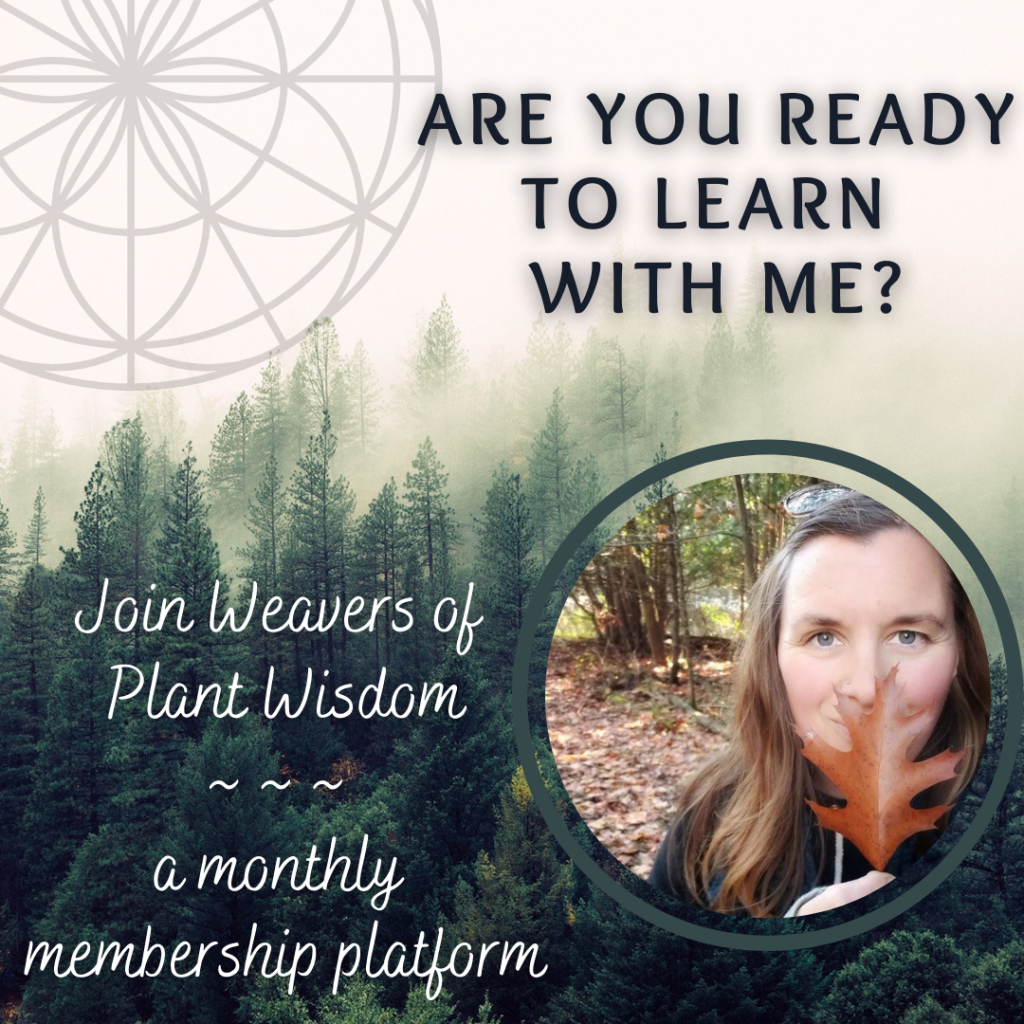
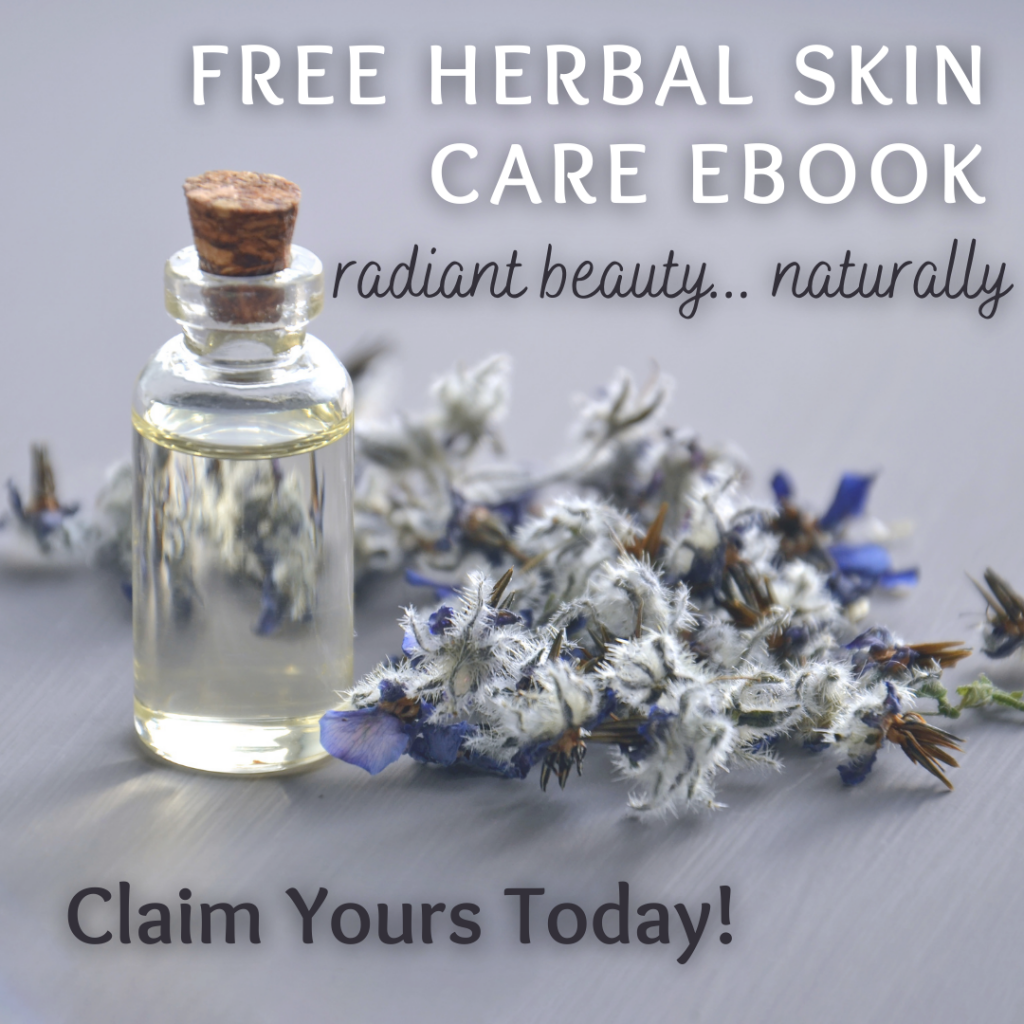
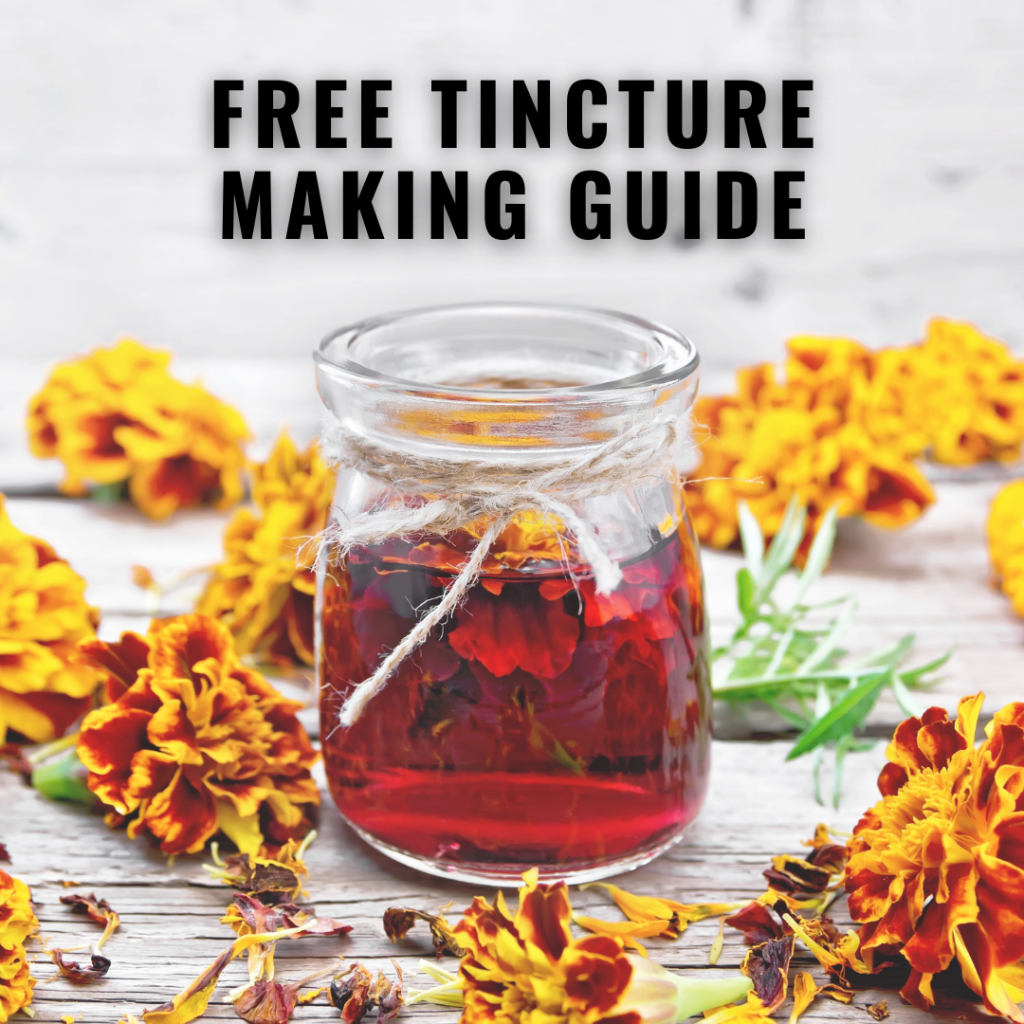
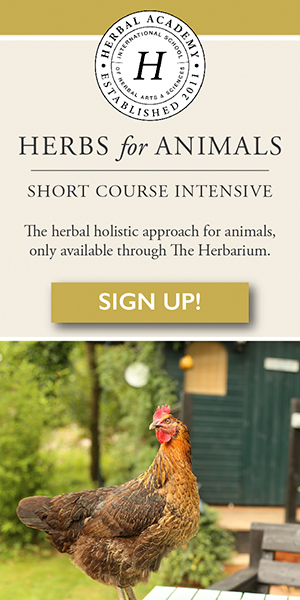
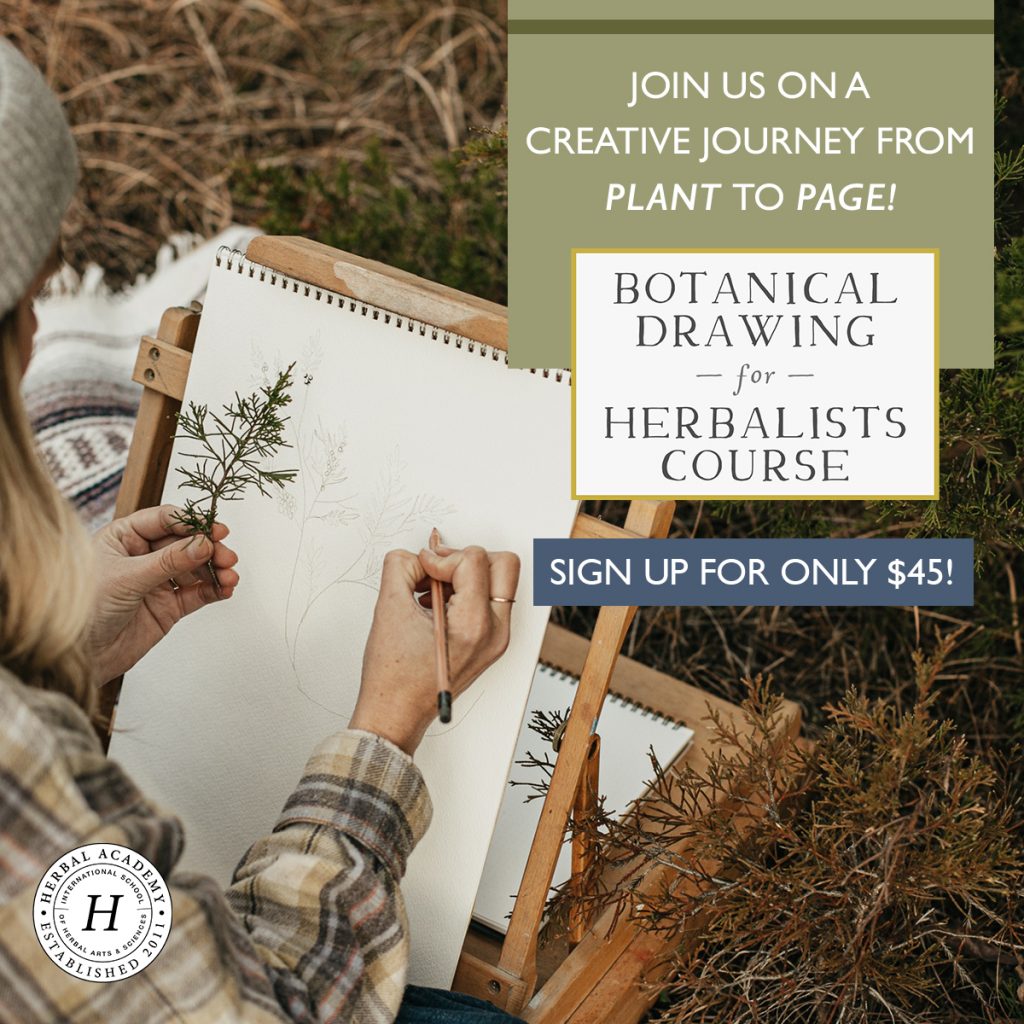


love herbal salve .
Do you have a recipe for a single portion salve?
I always waste mine because I forget to use them – most of the time.
Hi Sandy!
Unfortunately I do not, but if memory serves this recipe makes 10 x 50ml jars so you could divide the recipe by 10ths to make a single portion. Whenever I make salves I always make them in large quantities.
Sorry I couldn’t help more!
Where do you get the blue jars from please?
Hi Jennifer,
I get them from Voyageur Soap and Candle. https://www.voyageursoapandcandle.com/